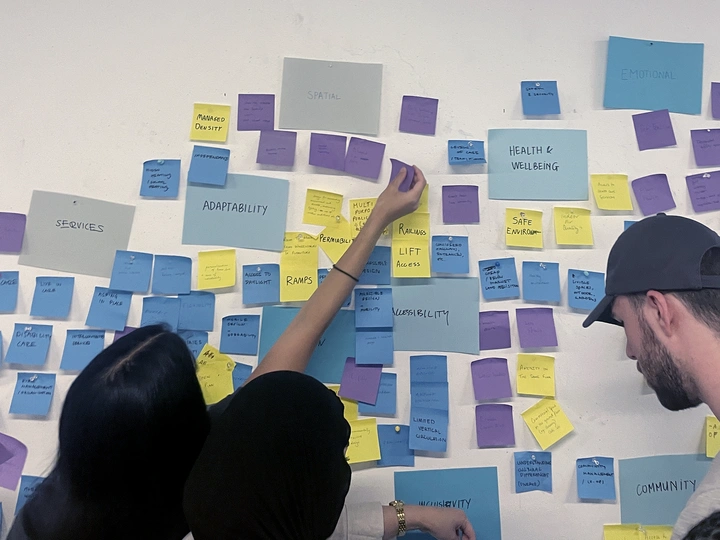The Silver Wave, collective learning

I bring diverse insight to my work, having studied and worked in Melbourne and Copenhagen before moving to Helsinki. Back in Melbourne now, I am teaching a masters architecture design studio at Monash University, exploring the topic of multi-generational co-living for the plus-50 age group. Like in most countries, Australia´s ageing population is set to rapidly increase.
Recently, in Helsinki, I worked on senior centres and mixed-generation housing projects. In Copenhagen, my work focused on sustainable urban-planning, including a post-industrial harbour's transformation and social-housing regeneration to support inter-generational and socio-economic integration. The importance of research and interdisciplinary collaboration in my work was recently evidenced by my involvement in an EU-funded cultural relations program in Madrid.
We will see an increasing shift towards shared and inter-generational living due to challenges like ageing, affordability, and changing lifestyles. Accessibility, adaptability, and mobility for ageing populations are recurring themes in my work, forming a compelling research direction I aim to explore further. Learning how different countries address similar challenges reveals key drivers and barriers, guiding collective efforts to improve living conditions for the ageing population.
Having worked on multiple senior centres in Helsinki I have learnt we need to challenge the common notion of segregating seniors in society into passive isolation. How instead can we place seniors at the heart of an inclusive multi-generational community?
Having gained experience in various countries, I've been able to learn from diverse societal structures and value new insights for comparison and fostering meaningful collaborations.
The Silver Wave, collective learning for our ageing populations
A research project exploring the housing crisis from the perspective of rapidly increasing ageing populations, to find contextually appropriate alternative forms of shared housing.
The accelerating growth of the older population is a global issue, and the concerns touch all of us. In the coming decades our populations of over 65 year-olds will begin to approach a quarter of the population in many countries, including countries such as Australia, USA and Finland.
Modern medicine has increased the number of years we have but not necessarily the quality of those years. Of independently living seniors in Australia, 10 percent have depression. In aged care the number rises to 50 percent. 40 percent of people in aged care receive no visitors and can spend up to 20 hours a day in their room alone.
From an architectural perspective traditionally our focus has been for the older generations to focus on serviced retirements homes: providing in-house medical services, rather than all the other aspects supporting a healthy life as part of society. Seniors want to stay home as long as possible and lead an independent life which is also best for the economy also.
Designing for ageing has long been a focal point of my career, from academic projects in Denmark to private practice in Helsinki, and now in teaching a master's architecture design studio at Monash University, Melbourne, delving into multi-generational co-living for over-50s.
With the housing crisis we must find ways to pivot towards affordable, adaptable, and accessible housing solutions for seniors. By examining how other nations tackle similar challenges, including their policies and cultural practices, we can identify what facilitates or impedes progress. As a continuation to experiences in my work and in teaching, a chance to further research, is a step towards enhancing living conditions for ageing populations.